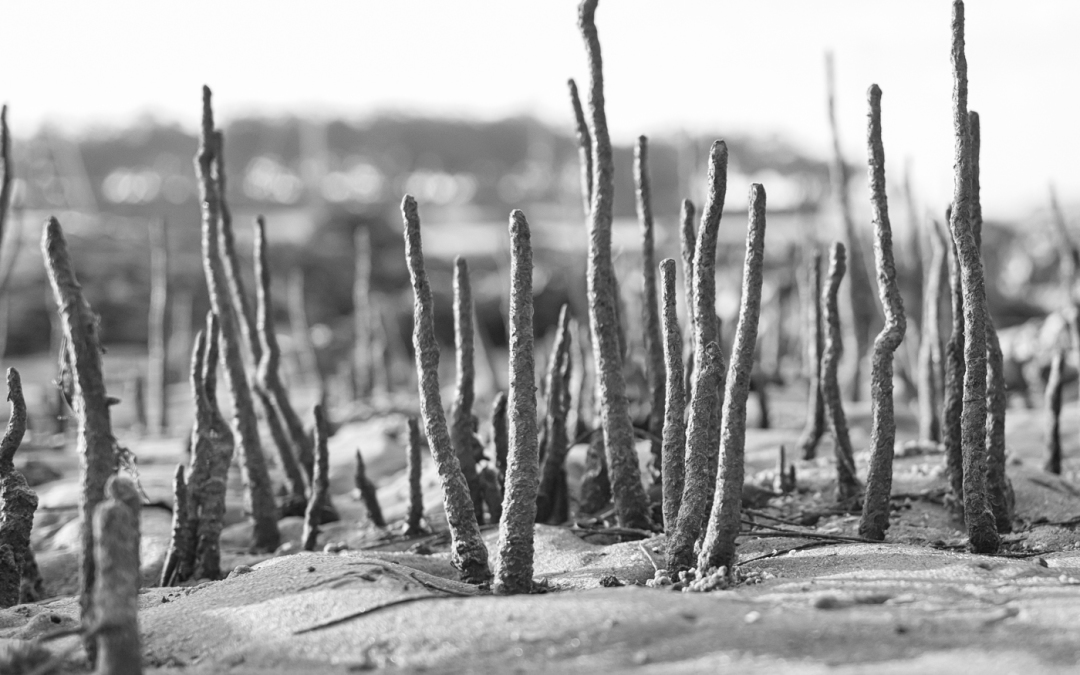“Mangrove Roots”
Day 43 of 366 Day Project
“Magic is everywhere, explore & be amazed everyday!”
If you’ve ever spent time by the sea in a tropical place, you’ve probably noticed distinctive trees that rise from a tangle of roots wriggling out of the mud. These are mangroves—shrub and tree species that live along shores, rivers, and estuaries in the tropics and subtropics. Mangroves are remarkably tough. Most live on muddy soil, but some also grow on sand, peat, and coral rock.
They are quiet amazing really when you think of it! Mangroves live in water up to 100 times saltier than most other plants can tolerate. They thrive despite twice-daily flooding by ocean tides; even if this water were fresh, the flooding alone would drown most trees. Growing where land and water meet, mangroves bear the brunt of ocean-borne storms and hurricanes.
Did you know that mangrove roots multitask? Bet you didn’t!
The root system that arch high over the water are a distinctive feature of many mangrove species. These aerial roots take several forms. Some are stilt roots that branch and loop off the trunk and lower branches. Others are wide, wavy plank roots that extend away from the trunk. Aerial roots broaden the base of the tree and, like flying buttresses on medieval cathedrals, stabilize the shallow root system in the soft, loose soil.
Have you ever wondered why don’t they drown? In addition to providing structural support, aerial roots play an important part in providing oxygen for respiration. Oxygen enters a mangrove through lenticels, thousands of cell-sized breathing pores in the bark and roots. Lenticels close tightly during high tide, thus preventing mangroves from drowning.
Magical really when you think about it.


Recent Comments